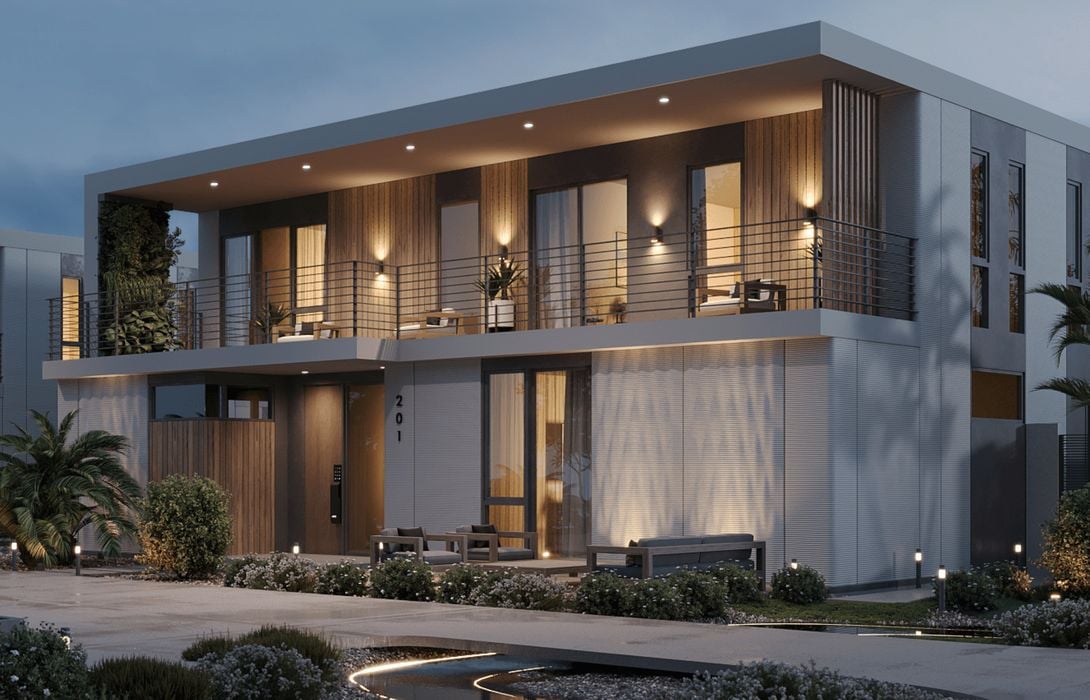
Mighty Buildings announced a large project to 3D print a series of climate-resistant low cost homes.
The company has partnered with Lawrence Berkeley National Laboratory and others on the project, which is sponsored by a US$5M grant from the California Energy Commission. The goal of the project is to develop and deploy a number of low cost, “near zero carbon” modular townhouse-style homes in the Bay Point area near San Francisco.
The newly built homes will be delivered through Habitat for Humanity, a non-profit organization that helps those without resources to obtain a home through “sweat equity” and community volunteers. On this project, however, I suspect the sweat equity is a bit less because the homes are being printed offsite, rather than assembled from parts as traditional homes would be constructed.
Mighty Buildings is in a good position to take on this project, aside from their California location. Their technology involves rapidly 3D printing many of the building’s components at their factory, which are assembled and fitted with standard utilities and features. The completed modules are then trucked to the site, where they are craned into final position.
The project expects to produce 20-30% more homes based on the speed and capabilities of Mighty Building’s technology.
The homes themselves will include a number of low-energy features, the designs of which will no doubt make use of LBNL’s expertise. One is a “cool room” concept. Mighty Buildings explains:
“Utilizing solar PV paired with a small battery, in tandem with a highly efficient envelope design and equipment, the homes will each feature a high-efficiency, mini-split heat pump system. The “cool rooms” will reduce peak loads by shifting to low-power operation during times of acute grid stress, and by shifting the peak load from a concentrated single peak period in the evening to multiple scattered peak periods throughout the day. The goal will be to provide greater resilience through events like power outages and extreme temperature events while generating more consistent billing cycles and a 10-year lower total cost of ownership.”
They’re targeting a 25% reduction in total cost of ownership over a ten year period. Utility costs are expected to be at least 40% lower for these homes, and even more if applied to multi-family units.
This project is particularly notable as there is a widespread housing crisis underway. The costs of housing now exceed the capability of many to pay, rendering many families homeless. One reason for the high costs of homes is that there simply isn’t enough of them, driving the costs upwards for those that are available. By rapidly producing inexpensive homes, the pool of homes increases, and at scale just might start bringing down overall housing costs.
That may or may not happen, but it’s worth a try.
Via Mighty Buildings
